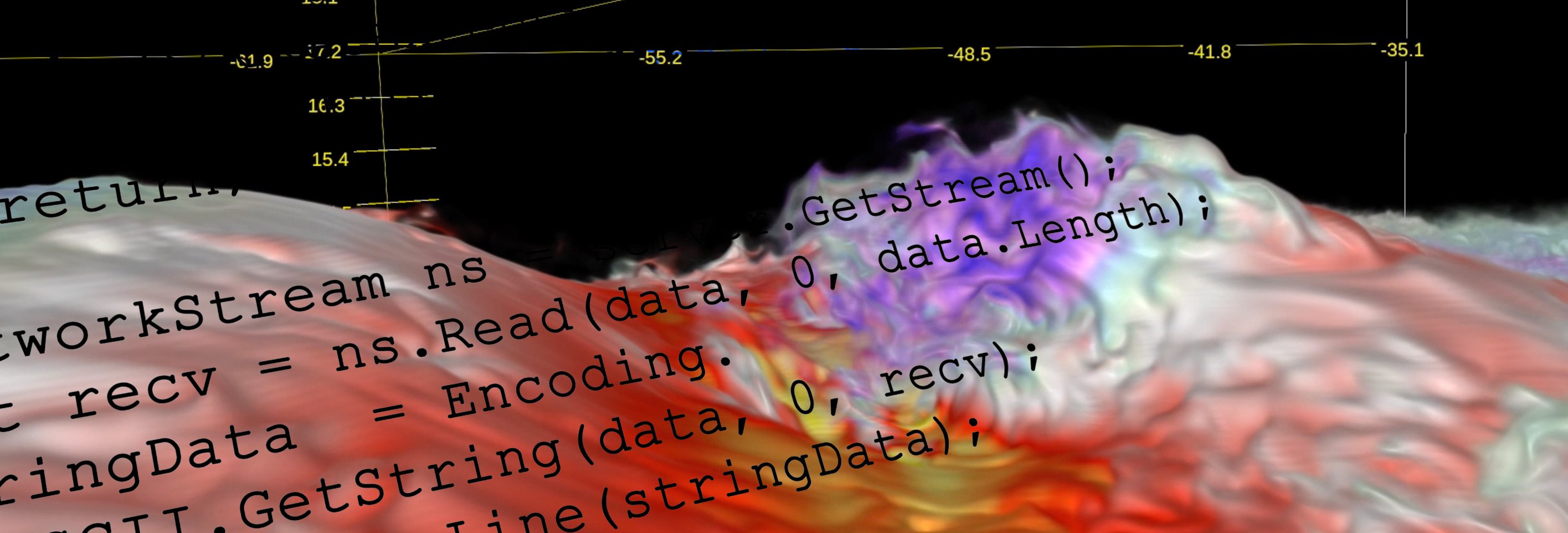People & Programs
Aaron Dubrow
Related Articles
Partners in Code Performance
TACC launches new program to improve scientific software in advance of Leadership-Class Computing Facility

TACC is currently in the midst of its largest and most ambitious project to date: planning the Leadership Class Computing Facility (LCCF), a new National Science Foundation large facility that will support academic researchers on a decadal scale and serve as a hub for leading computational science and engineering. The facility aspires to be the cyberinfrastructure equivalent of the National Center for Atmospheric Research or the National Radio Astronomy Observatory — a long-running and dependable resource for the community.
When it begins operations, LCCF is expected to deliver a 10-fold (or more) time-to-solution improvement for researchers over Frontera — currently the 10th fastest supercomputer in the world and the most powerful at any university.
Part of the 10-fold improvement will come through advances in code performance — the ability of a piece of programming to take advantage of the hardware. This will be accomplished through close collaborations between code development teams and the HPC performance experts at TACC.
In December 2020, TACC put out a call for “Characteristic Science Applications” or CSAs — application codes and ‘grand challenge’-class science problems identified by the community of large-scale scientific computing users. These will be part of the planning and early science program for the LCCF.
“The design goal of the LCCF is to increase the pace of scientific exploration,” said TACC Executive Director Dan Stanzione. “The CSA projects serve as a surrogate for the set of problems the LCCF will address over its operational life, and also a design driver for the facility, guiding the technology and service choices that comprise the LCCF.”
“Broad participation by the research community through these CSAs will ensure that LCCF supports a broad class of future science and engineering applications and workflows,” said Manish Parashar, director of NSF’s Office of Advanced Cyberinfrastructure, which funds the program.
In September 2021, NSF awarded TACC $7 million to select, study, and transform a set of Characteristic Science Applications to enable next-generation science for the LCCF. In 2022, TACC will name the approximately 20 applications selected for support.
TACC has always centered its designs and policies around the needs of its users — scientists and engineers who require big systems to solve big problems.
“How do researchers compute now, and what will they need five to ten years from now?” Stanzione, TACC’s executive director, pondered. “How do we design a system that satisfies the needs of thousands of diverse researchers and provides the best bang for the buck, while still pushing the limits of computing? That’s what we’re trying to figure out, and the CSA program will help.”
Behind the scenes, experts at TACC are deploying and analyzing pre-production hardware from major vendors; they are studying industry roadmaps; exploring trends in usage at TACC and peer centers in the Department of Energy and NASA; and trying to determine how to architect a system, and around it an entire computing ecosystem, that will best serve the science community in the future.
“The CSA is in many ways a bet on TACC’s staff — the hidden ingredient that has always made the center special — and on the community at large,” said John West, TACC director of Strategic Initiatives. “It’s a commitment to work together to speed up science. Because, if the scientific response to COVID over the last two years has taught us anything, it’s that collaborations among scientists and technologists can make a real difference in the world.”

